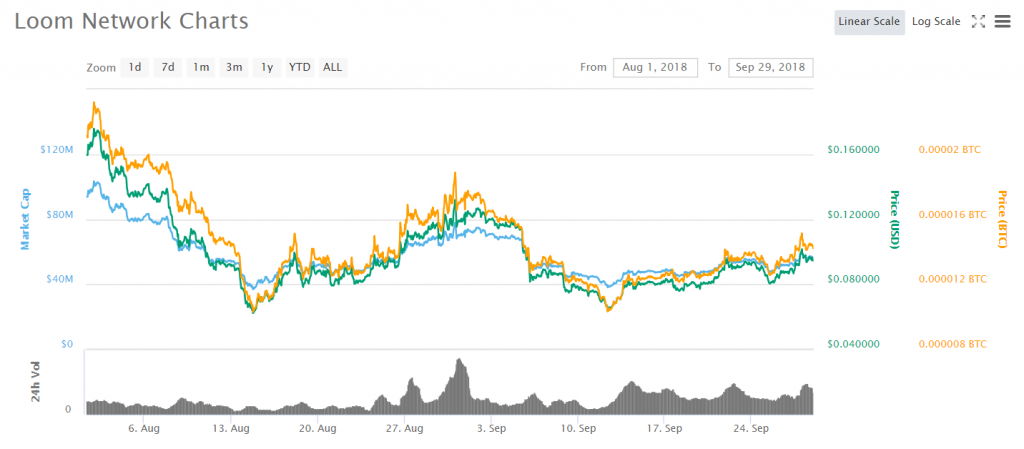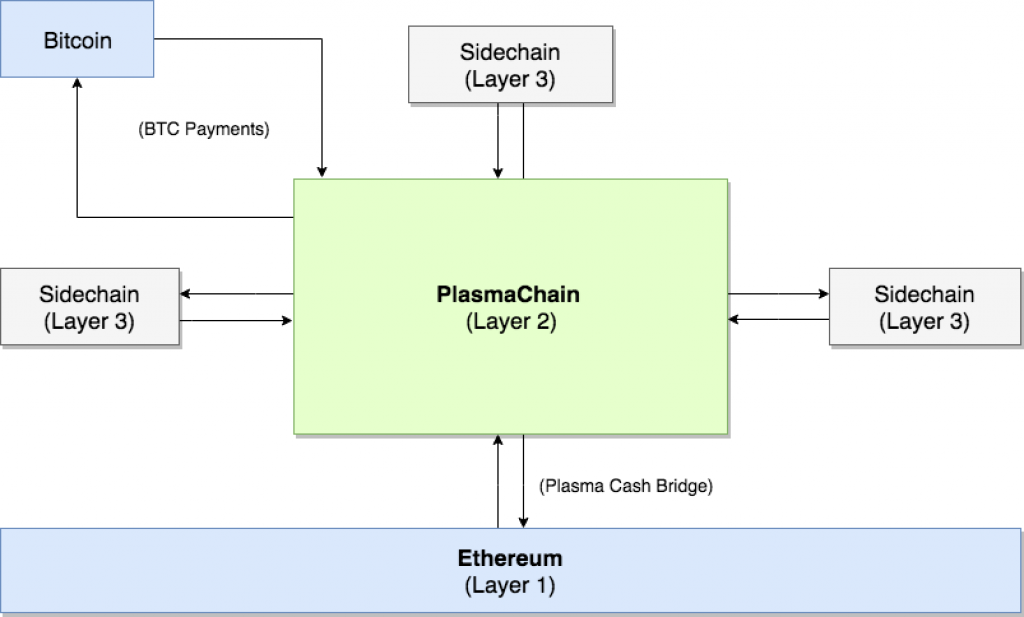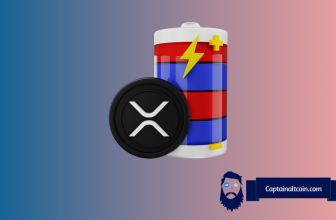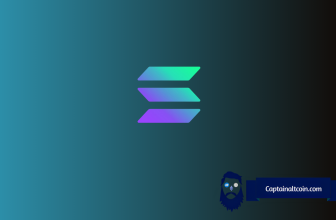
Loom Network opened the month of August with the price of $0.175/2320 satoshi before plummeting down into the monthly lows of $0.0621/1031 satoshi. Recovering from this drop to $0.1318/1887 satoshi, the currency dropped once again, this time reaching the values of $0.0645/1032 satoshi. Ever since, we have been looking at a cryptocurrency in a slow, gradual recovery mode.
One LOOM can be purchased for the price of $0.106175 USD (-3.20% drop in the last 24 hours)/1605 satoshi (-2.71% drop in the last 24 hours) at the moment of writing. Daily trade volume is sitting at 595 BTC, most of it coming from Binance (33%) and Fatbtc (17%). With a market cap of $62,980,536, Loom Network is currently the 96th most valuable cryptocurrency on the market.

Trader jacobcanfield had this to say about the Loom Network’s technicals:
“>Big RSI divergence with RSI climbing above 50 into bullish territory.
> Double bottom bounce
> OBV starting to climb
> Broke .618 support
> Volume starting to pick up over the past 24 hours.
> Buyers are currently 80% stronger than sellers.
> 10 day over 20 day EMA cross over soon.
> Move stop loss up as trade moves.”
Check out his complete analysis here.
Loom Network is a dApp scaling solution for Ethereum which focuses on games and social media applications. The network doesn’t have a whitepaper published but nonetheless has confirmed that it wants to support video games that run off Decentralized Applications (DApps) that will be built on Lisk-like sidechains. Each dApp on the network will have its own sidechain which reduces the Loom network congestion and makes it much more scalable.
?What does HODL mean?
At the core of the network is the so-called PlasmaChain, a layer 2 hub that bridges these sidechains to Ethereum and allows for fast, cheap token transactions and makes the dApps run much faster.
“By using Plasma Cash-based relays to transfer assets across chains, we can maintain the security of Ethereum mainnet, while the DPoS consensus of our sidechains enables increased speed and scalability on Layer 2.
Users can now get the best of both worlds — gas-less transactions and sub-second confirmation times on Loom’s sidechains, and the assurance of having their tokens fully backed by the security of Ethereum mainnet,” the team says about their blockchain technology.

The project has launched the beta for its SDK which should enable developers to build their own features and applications on the Loom Network.
After visiting Tokyo (x2), New York, Beijing, Shanghai, London, Seoul in previous months, Loom held an SDK Hackathon in Seoul, South Korea from September 7-9 where developers got a chance to code on the Loom Unity SDK. These events are a way of introducing developers to the benefits of blockchain games as they are giving them a sneak peek into the capabilities of the Loom SDK and how it can help them build and deploy fully scalable DApps. Several blockchain based, functional games were built during this event.
Game development seems to be a big part of the project’s long-term vision. While in general they claim their focus is on bringing million-user dApps to Ethereum blockchain, they do feel that a video game app will be the first one to reach this important milestone. They point out that blockchain has a user adoption problem and fun, interesting, interactive video games could help solve this. They also claim that reducing friction (fixing UX issues with ETH dApps) and building killer dApps (apps that millions will want to use on the daily) is the key to making such games.
The project’s official Medium account released a post titled “Games Will Be the Catalyst for Blockchain Mass Adoption” which describes in detail why Loom network is mainly concentrated on blockchain video game development at the moment. The main benefactor of their interest currently is Zombie Battleground, a blockchain based, card trading Heartstone-like game currently available to project’s Kickstarter campaign early backers (which managed to collect over $320 thousand).
Loom Network recently released an updated roadmap for Q4 of 2018, showcasing a recap of their previous achievements and detailing their plans for the future. From June – Sept 2018, the team achieved many things, including the launch of Plasma Cash implementation, release of the Zombie Battleground’s alpha, Plasma chain Launch, Zombie Battleground card pack opening and ERC721x readjustment. In the following months, the team plans to continue with the hard work and introduce several important updates, including a LOOM token utilization, further PlasmaChain upgrades, 3rd party validators for PlasmaChain, updates to the Loom SDK, opening of the Loom Trading Post and further work on Zombie Battleground.
Overall, Loom Network is a project that has its sights set on building commercial use dApps for a very lucrative market. That being said, there is little that sets their current staple, Zombie Battleground, from the sea of other card games already present on the market. Still, the project is still in its early days and has seemingly ironed out the technology side of things. All they need now is to find that killer dApp to launch them into mainstream recognition; only time will tell if they have the ability to find it.








